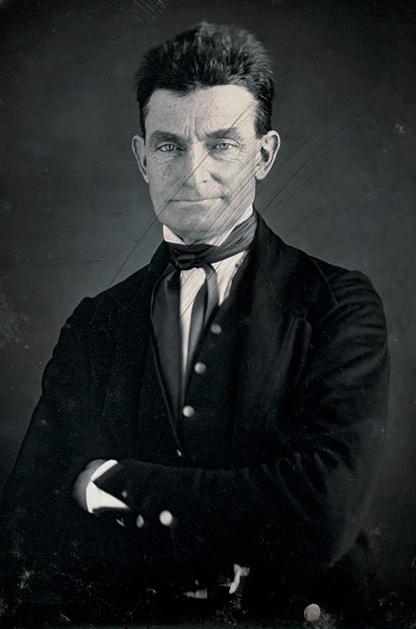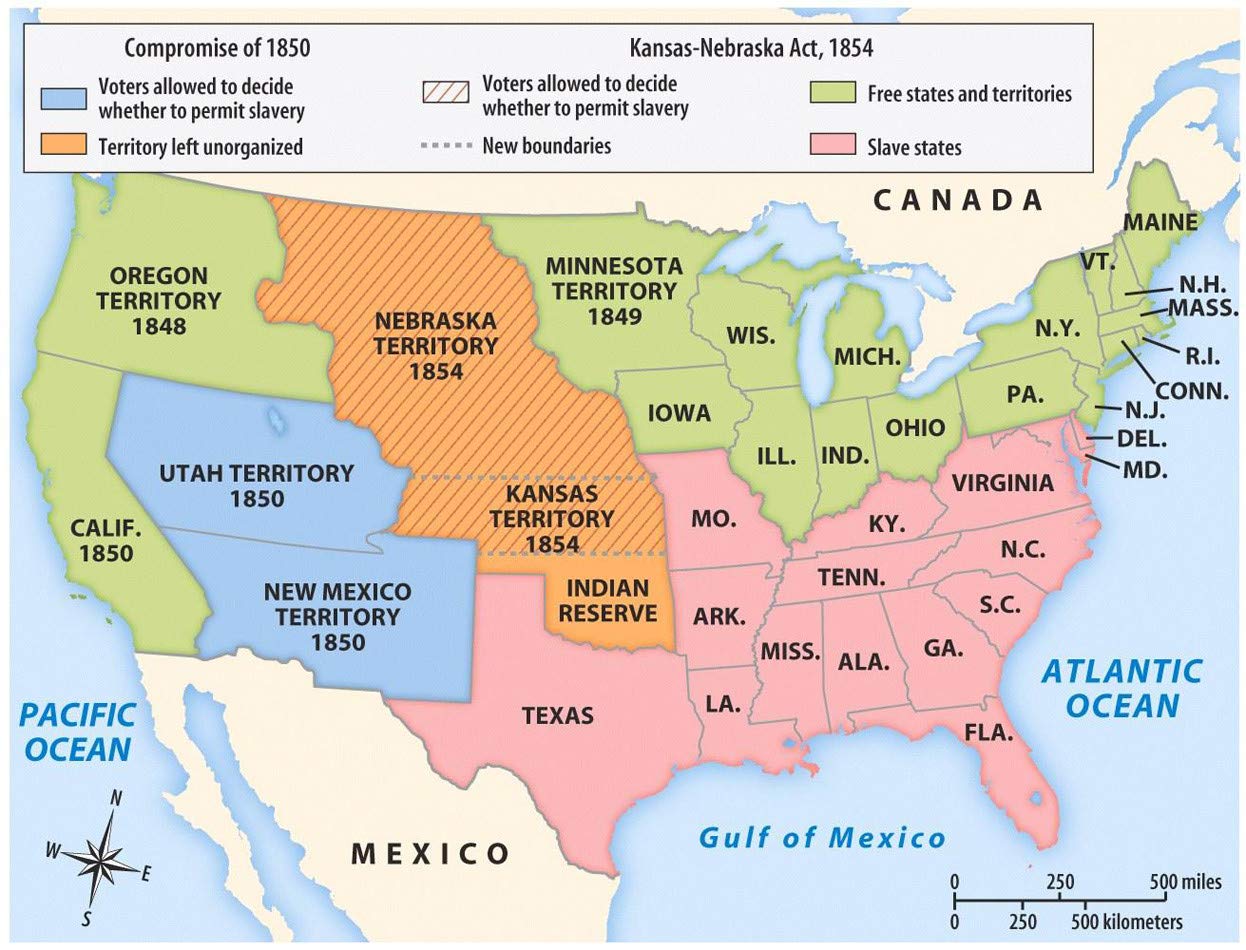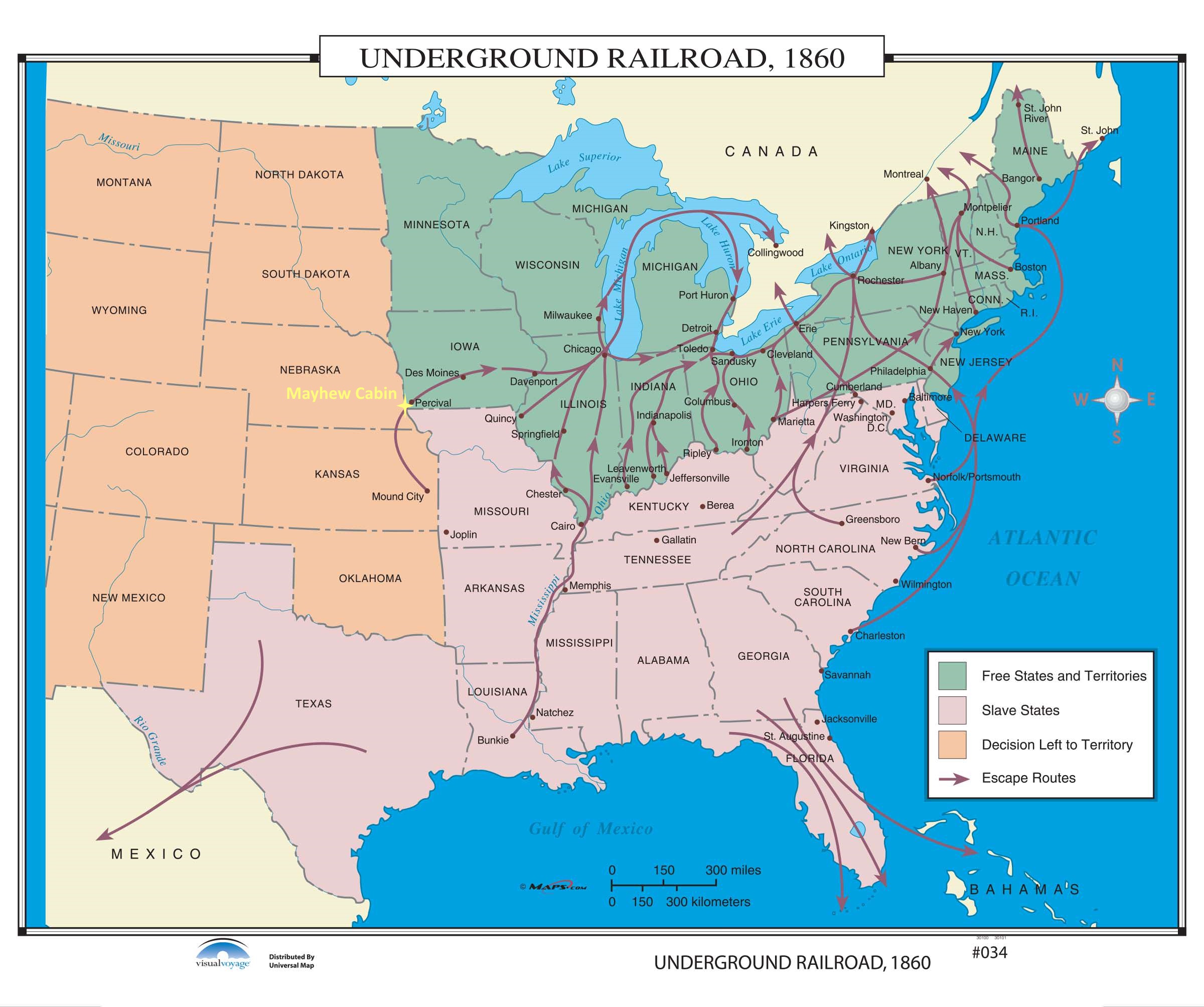Slavery is the practice of keeping people in servitude against their will and owning them as property. This practice began in the United States while it was still an English Colony. The earliest account of African slaves dates from 1619 in the colony of Jamestown, Virginia, where 21 slaves were sold to the colonists by Dutch traders. Two of these slaves were named Isabella and Antoney, who later given birth to a slave boy named William. This “William Tucker” is considered to be the first African American born in North America.
During the British colonial period, slaves were used extensively in the Southern colonies and, to a lesser degree, in the North. Early on, the slaves were most useful in the growing of indigo, rice, and tobacco and it was clear that slaves were the most economically viable labor force for plantation-style agriculture. Southern landowners began to grow increasingly dependent on slave labor for their livelihood, and the legislature responded accordingly by implementing stricter regulations on these practices, known as the Slave Codes.
 Progression of slavery, 1789-1861
Progression of slavery, 1789-1861
Some of the British colonies began placing restrictions on the practice of slavery; others banned it completely, such as Rhode Island in 1774. The practice was opposed by many on moral and religious grounds, and there was a steady decline in the use of slave labor during the late 18th century. But the economic value of plantation slavery was revived in 1793 when Eli Whitney invented the cotton gin, a device designed to separate cotton fibers from the seedpods. The machine revolutionized the cotton industry by increasing the amount of cotton that could be processed.
Just as demand for slaves was increasing, the supply of new slaves into the US was restricted. On January 1, 1808, Congress banned any further importation of human property into America. However, this legislation had only limited effect as slavery in America had already become more or less self-sustaining. The overland ‘slave trade’ from Virginia and the Carolinas to Georgia, Alabama, and Texas continued for another half-century.
Historical records indicate that extremely cruel and negligent slave owners existed alongside kinder slave owners. These kinder slave owners provided materially for their slaves and were less inclined to “use the whip,” but nonetheless denied their slaves the basic rights enjoyed by free people. Not-so-kind slave owners raped black women and children, chopped off the limbs of slaves who tried to run away, and whipped disobedient slave mercilessly. In many households, treatment of slaves varied with the slave’s skin color. Darker-skinned slaves worked in the fields, while lighter-skinned slaves or “house Negroes” were made to work in the house and had better provisions.
The Abolitionist Movement
During the first half of the 19th century, a movement to end slavery, called abolitionism, grew in strength throughout the United States. This movement began largely in the Northern states with groups such as the Quakers. There were several types of these reform movements. Some wanted to ship the slaves back to Africa and settle them in a new homeland there; a movement of this type led to the foundation of the modern-day nation of Liberia. Others wanted to simply end the practice of slavery, leaving free blacks in the United States. Some abolitionists, such as John Brown, favored the use of armed force to instigate uprisings amongst the slaves, while others preferred to use the legal system.
The divide between a free North and an enslaved South launched a geographic, cultural, and economic struggle over the next two generations, culminating in the American Civil War. Abolitionists and the slaves themselves were the fiercest combatants against an array of planters in the South. Slaveholders exerted power through the Federal Government and the Federal Fugitive slave laws. The three-fifths compromise counted each slave as three-fifths of a person to determine legislative representation. However, anti-slavery Democratic-Republicans, Whigs, and Free Soilers still achieved nominal successes in advocating an end to slavery’s expansion into the West, especially during and after the Mexican War of 1846-48.
 John Brown, 1856
John Brown, 1856
Abolitionists clashed with slave-owners numerous times throughout the century. The first effort to mediate the two was known as the Missouri Compromise of 1820, which limited slavery to the areas south of the 36 30 latitude line. In an attempt to make sure that the two interests were balanced in the United States Senate, the legislature allowed Missouri to enter the union as a slave state and Maine as a free state.
The Kansas-Nebraska Act
President Franklin Pierce signed the Kansas-Nebraska Act into law on May 30, 1854. The Act passed by the United States Congress had a profound impact on American history than the immediate creation of the territories of Nebraska and Kansas. It allowed for the settlement of the Great Plains and abandoned the idea of a “permanent Indian frontier.” It paved the way for the first Transcontinental Railroad, and later that same route was used for the first transcontinental highway and Interstate 80. However the biggest issue associated with the Act was slavery.
The Kansas-Nebraska Act left the Missouri Compromise “null and void.” The Missouri Compromise admitted Missouri as slave state and Maine as a free state in 1820. It also banned slavery from the territories north of the 36° 30´ parallel, Missouri’s southern border. The new law included the idea of “popular sovereignty” or allowed the people of the territories to decide whether or not to allow slavery. This effectively ended the Missouri Compromise’s ban on slavery. Senator Stephen Douglas, Democrat from Illinois, was the main author of the bill and felt that popular sovereignty would settle the slavery issue.

However, popular sovereignty did not settle the slavery question but intensified the emotions of both sides. With the extension of slavery possible beyond the South, a conflict grew over Kansas territory and whether or not it would be a slave state or a free state. Abolitionists and Free-Staters such as John Brown and Jim Lane competed against pro-slavery men such as Sheriff Samuel Jones and the Missouri Border Ruffians. Violence broke out between pro-slavery and anti-slavery forces which resulted in the battles of Osawatomie and Black Jack. The political scene was just as chaotic because Kansas had four constitutional conventions and several territorial legislatures and governors.
The Act also led to the creation of the Republican Party in 1854 with a platform to oppose the spread of slavery. The new political party had John c. Fremont (American West explorer) as their presidential candidate in 1856. He failed to win but in 1860 their candidate was elected, Abraham Lincoln. After this the South seceded from the Union and by April 1861 the American Civil War had started and after four years of bloody conflict the nation was preserved and slavery ended. The Kansas-Nebraska Act did not resolve the issue of slavery but “greased the slippery slope” to the Civil War.
Slavery In Nebraska
Slavery was an explosive issue when Nebraska Territory was created. There was not the physical and violent struggle in Nebraska as there was in Kansas from 1854-1861, but it was “verbally bloody.” Slavery was not as fiery an issue in Nebraska as it was in Kansas. However, slavery was not officially outlawed. Many politicians felt that there was no need for a law because it did not exist in Nebraska while others felt it minor enough to leave it alone.
The fact is slavery did exist in Nebraska. In the 1855 Territorial Census, 6 slaves were listed in Otoe County owned by residents of Nebraska City. Stephen F. Nuckolls had 5 slaves and Charles A. Goshen owned 1. Meanwhile, the Kansas Territorial Census of that same year showed 192 slaves.
The 1860 Federal Census showed that 15 slaves were in Nebraska Territory, ten of those were listed in Otoe County, where Nebraska City was (and is) located. The other five slaves were listed in Kearney County where a few military officers owned them at Fort Kearny. The owners of slaves in Nebraska City were Alexander Majors with six, Charles Holly with two, and Robert Kirkham with two. The only known slave auction in Nebraska took place at Nebraska City in December 1860. Judge Charles Holly’s two slaves, known as Hercules and Martha, were auctioned off. An interesting point is by 1860 there were only two slaves listed in Kansas Territory compared to the 15 in Nebraska.
The Underground Railroad
Refugees from slavery fled the South across the Ohio River to the North via the Underground Railroad, an informal network of routes leading the slaves north to the free states. This vast system stretched from Maine to Nebraska and Kansas. Though it was called the “underground” railroad, it was not always underground, but referred to a secretive route that went through woods, over fields, and across rivers, often operating under the cover of darkness. Escaping slaves followed the North Star or were directed to a specific safe house or “station” across the borders into freedom. Slaves were assisted by “conductors” showing the way from one safe place to the next. Escaped slaves might be hidden literally underground in cellars or tunnels, as well in attics, fake closets, or secret rooms. In addition to shelter and guidance, escapees were given food, clothing, and even medical care.
Workers on the Underground Railroad came from all walks of life and were both black and white. There were ministers, businessmen, shopkeepers, or farmers. Many of the blacks had themselves been slaves who returned to the South to help free others, sometimes going back for members of their own family. One of the most famous “conductors” was Harriet Tubman, an escaped slave who could not read or write. She made several trips south to free around three hundred individuals from bondage and lead them to freedom.

Slavery Prior to the Civil War (c. 1850-1860)
The balance of free states to slave states in the legislature had been painstakingly maintained since the Missouri Compromise of 1820. However, in the 1850s, the issue of slavery in the new territories had reached an impasse. In an effort to resolve the clash, Stephen A. Douglas introduced his Kansas-Nebraska bill to the Senate. It incorporated the idea of “popular sovereignty,” which allowed the people of these territories north of the 36 30 line to decide for themselves whether to become a free or slave state. The result of this legislation was to open the entire area to migration of both pro-slave and anti-slave groups. Southerners now entered the area with their slaves while active members of the Anti-Slavery Society also arrived. Reverend Henry Ward Beecher condemned the bill from his pulpit and helped to raise funds to supply weapons to those willing to oppose slavery in these territories. The rifles became known as Beecher’s Bibles. John Brown and five of his sons were some of the volunteers who headed for Kansas.
After the passage of the Kansas-Nebraska Act of 1854, border wars broke out in Kansas Territory, where the question of whether it would be admitted to the Union as a slave state or a free state was left to the inhabitants. The radical abolitionist John Brown was active in the struggle of “Bleeding Kansas.” At the same time, propaganda ‘wars’ in Northern newspapers swept anti-slavery legislators into office under the banner of the Republican Party.
Kansas elected its first legislature in March, 1855. Although less than 3,000 people were qualified to take part in these elections, over 6,000 people voted. These were mainly Missouri slave-owners who had crossed the border to make sure pro-slavery candidates were elected. The new legislature passed laws that imposed the death penalty for helping a slave to escape, and two years in jail for possessing abolitionist literature.
The End of Slavery
The tensions came to a head with the 1860 presidential election. Abraham Lincoln was opposed to the expansion of slavery and came to office with a plurality of popular votes and a majority of electoral votes. However, Lincoln did not even appear on the ballots of ten southern states. Thus, his election split the nation along sectional lines. Many in the South feared that the real intent of the Republicans was the abolition of slavery in states where it already existed, and that the sudden emancipation of four million slaves would be problematic. They also feared that there would no longer be a delicate balance of free states and slave states. Consequently, they would then be under the domination of the industrial North with its preference for high tariffs on imported goods. The combination of these factors led the South to secede from the Union and thus began the American Civil War. The war began on April 12, 1861 and ended on April 9, 1865. The 13th Amendment to the Constitution was adopted on December 18, 1865 and it abolished slavery and involuntary servitude.

External Resources
The following are a few suggested resources:
